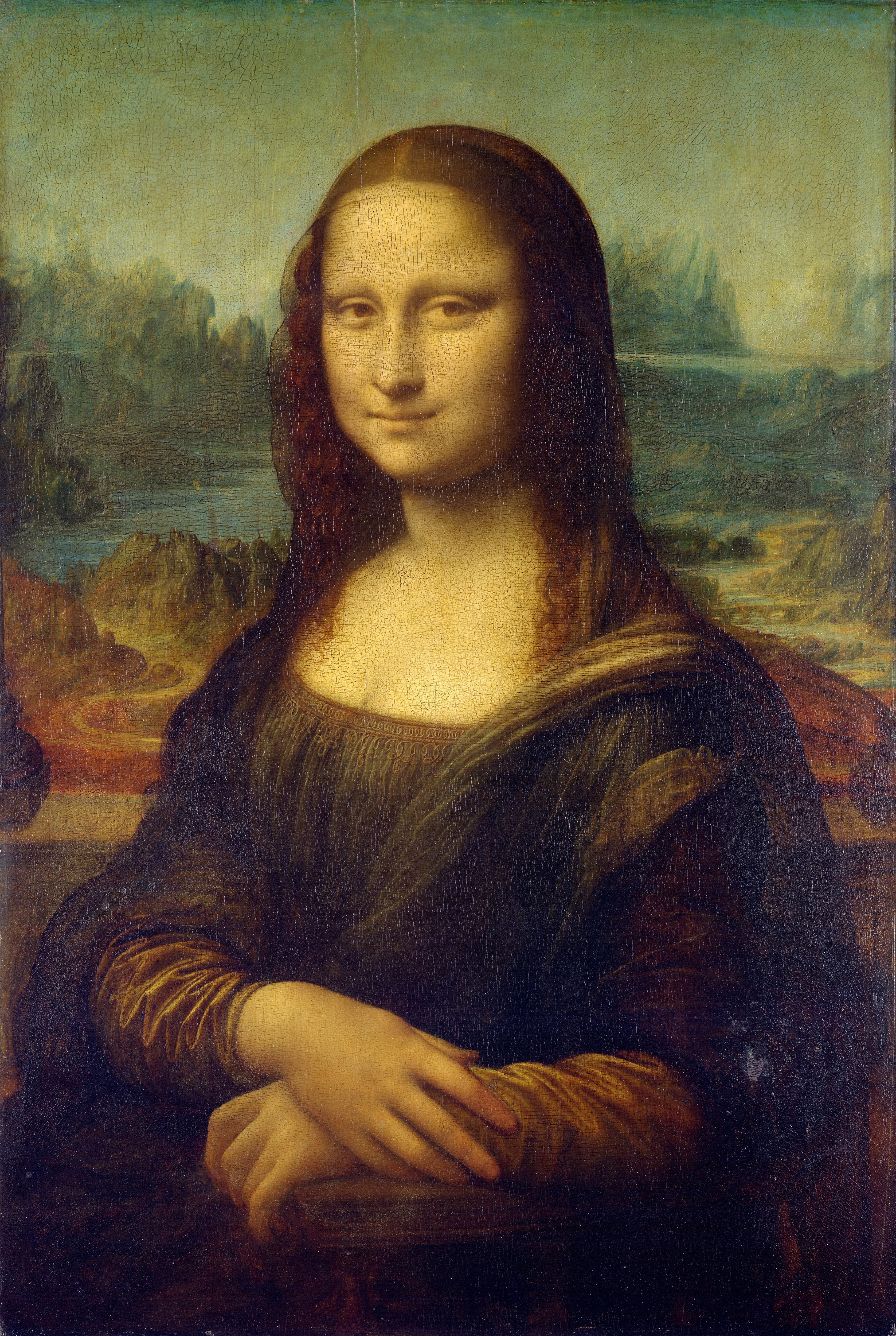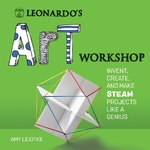 Lesser-Known Points about the All-Time Genius
Lesser-Known Points about the All-Time Genius
Celebrate His 500-year Anniversary
Providence, R.I. — (Feb. 11, 2019) — This year marks 500 years since the death of Leonardo da Vinci, and the worldwide celebration of his lifework in art and science is at its highest point. Now is the prime time to learn why Leonardo is important. From the authors of two new books for children inspired by Leonardo’s art and science, here are 10 facts about Leonardo da Vinci to help you be in the know and share the spirit of events happening around the globe.
1. Leonardo is best known as the artist ofMona Lisa (1503 - 1517), but he also created the masterpieces Vitruvian Man(1490), TheLast Supper(1495 - 1498), and Lady with an Ermine.
2. Leonardo was the son of a successful legal notary and an orphaned peasant girl. The two never married.
3. Leonardo had a humble birth on April 15, 1452, likely in a ramshackle cottage on a farm outside of Vinci, Italy.
4. Leonardo was self-taught and had little formal education. When it came to painting, geometry, perspective, architecture, biology, physics, engineering, physiology, and more, first-hand experience was his greatest teacher. He learned by doing and was unstoppably curious about all things.
5. Leonardo lived in Florence, Italy, for much of his life. During the Renaissance (spanning from the 1300s to the 1600s in Europe), Florence was the top place for great thinkers to exchange ideas about art and science, architecture and engineering.
6. Leonardo was a visual thinker. He never stopped looking for answers or drawing and writing detailed thoughts and ideas in his notebooks. Some 7,200 pages of his notebooks still exist. He may have produced as many as 28,000 pages.
7. Leonardo is the best example of a Renaissance man, having worked in many disciplines across art and science. To him, everything was connected: science, technology, engineering, art, and math (STEAM) blended as one.
8. Leonardo is best known as the artist of Mona Lisa (1503 - 1517), but he also created the masterpieces Vitruvian Man (1490), The Last Supper (1495 - 1498), and Lady with an Ermine (1489 – 1490).
9. Leonardo was an inventor, as well as what we now call an industrial designer and mechanical engineer. Well before the engineering design process was defined, Leonardo blended art and science to invent the parachute, aerial screw (helicopter), robot, diving suit, self-propelled cart, armored vehicle, mechanical clock, and solar panels, just to name a few.
Number #10 of 10 facts about Leonardo da Vinci:
10. Leonardo was a scientist. He solved problems with what we now call the scientific method. He described molecules more than 400 years before Einstein would confirm their existence.
Bonus fact about Leonardo —
11. He loved fashion. A colorful dresser, he wore floppy hats, tunics, and brocade doublets. See how Leonardo looked: check out Carlo Lasinio’s Portrait of Leonardo, created in 1789, and Michelangelo’s David, created between 1501 and 1504. Also see Vitruvian Man, Leonardo’s famous science drawing in which he may have used himself as the model.
Experience Leonardo’s approach to art and science first hand. Young people in grades 5 through 8, as well as parents and teachers, can take advantage of more than 60 fun science projects for kids, including math and art projects that bring Leonardo’s process to life. Two new books make it possible. See Leonardo’s Art Workshop: Invent, Create, and Make STEAM Projects Like a Genius by Amy Leidtke and Leonardo’s Science Workshop: Invent, Create, and Make STEAM Projects Like a Geniusby Heidi Olinger. The titles are the first in a new juvenile nonfiction series from Rockport Publishers.
# # #
About the Authors of the Leonardo’s Workshop Series and “10 Facts About Leonardo da Vinci You Probably Don’t Know”
Amy Leidtke is an industrial designer with expertise in design for children, as well as an education consultant, faculty member at the Rhode Island School of Design, and STEAM curriculum specialist. She is the author ofLeonardo’s Art Workshop: Invent, Create, and Make STEAM Projects Like a Genius(Rockport Publishers 2019). For information, visit http://amyleidtke.com.
Heidi Olinger is a writer, journalist, and creator of STEAMeducation curriculum to inspire and prepare girls to innovate, problem-solve, and lead in the 21st century. She is a faculty member at Colorado State University and the author of Leonardo’s Science Workshop: Invent, Create, and Make STEAM Projects Like a Genius(Rockport Publishers 2019). For information, see https://heidiolinger.comand https://prettybrainy.com.
For information about Rockport Publishers, see https://www.quartoknows.com/Rockport-Publishers. 
 Wednesday, February 19, 2020 at 3:54PM
Wednesday, February 19, 2020 at 3:54PM 

